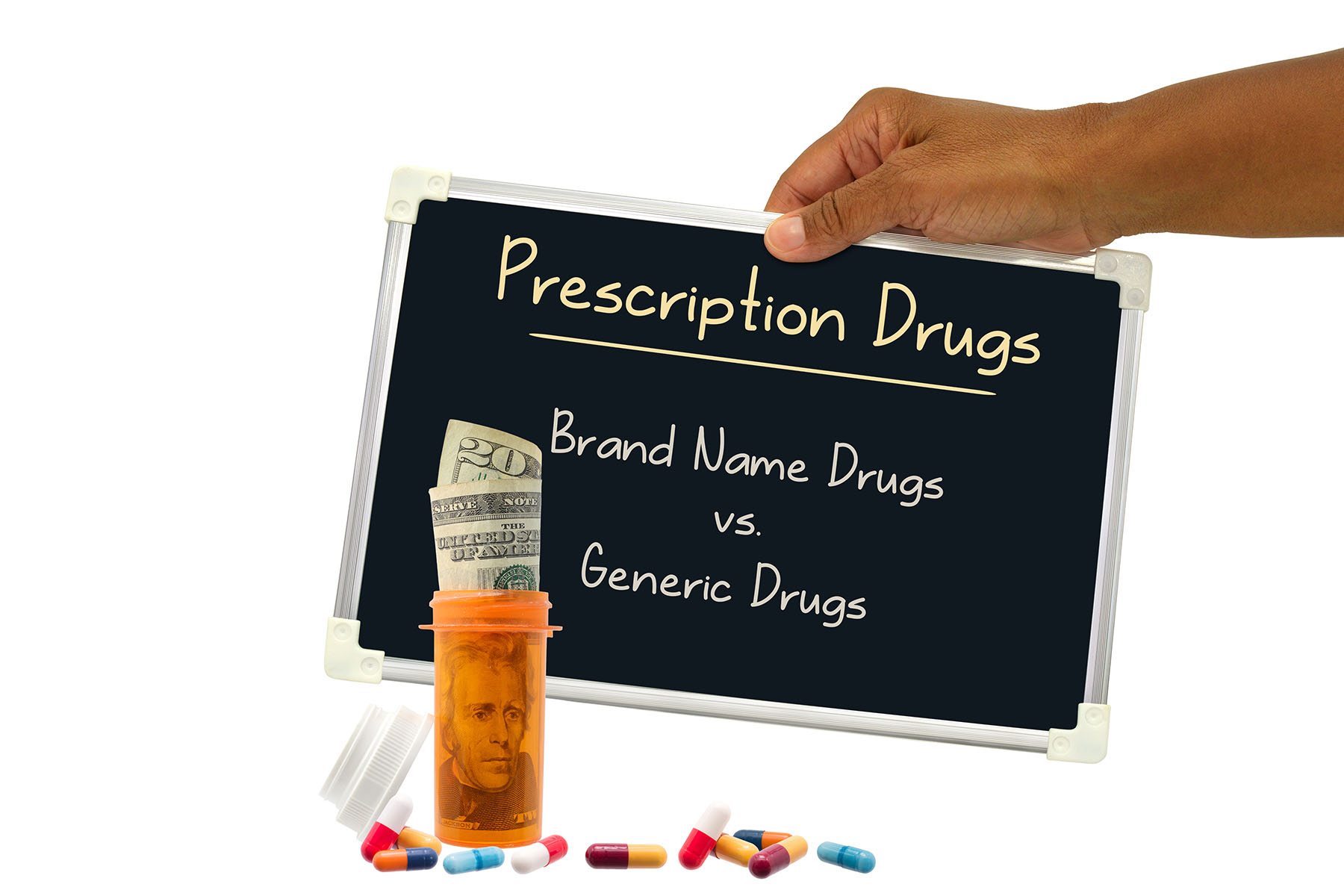For the last 30 years or so, the pharmaceutical landscape has been dominated by pharmacy benefit managers (PBMs). With new “disruptive” market entrants, how does the PBM landscape change, how are consumer perceptions altered, and how do pharma marketers stay ahead of the game to deliver differentiated value for brands?
Low-cost Generic Offerings
PBMs have used their purchasing power to negotiate rebates and manage formularies since their inception. In addition to the revenue they drive through contracts on branded products, they generate profit through administration fees for all claims they process and the direct sale of drugs—both branded and generic—through their own mail-order pharmacies. Previously, marketers have played their part by contracting with PBMs to gain market share for their brands, often competing with other branded therapies within the same class. Today, the playing field has changed with the influx of companies such as Amazon, Cost Plus Drug Company, and Kroger that aim to take the middleman out of the generic drug market to provide even lower-cost medications.
Amazon recently unveiled RxPass. The offering provides Amazon Prime members with a $5 monthly add-on to their existing subscription where they can receive “eligible medications” at “one low price.” Currently this includes medications for 80 common conditions. Simplicity seems to be the aim here, by providing a fixed monthly price consumers don’t need to compare pharmacy prices or discern their insurance copay. This program will also manage monthly refills. RxPass aims to gain subscribers with its generic medication offering, and then subscribers may choose to receive other, branded medications from Amazon Pharmacy.
Cost Plus Drug Company is Mark Cuban’s venture to provide low-cost generics to consumers. The company claims: “No middlemen. No price games. Huge drug savings.” The medications available are similar to RxPass, in that they are all generic, with products for more than 70 conditions.
Both programs list price information for the medications they provide, demonstrating the average savings based on retail and insurance prices. Sometimes the price disparity is small (a dollar or two), but for some products the price disparity can be over $2,000 dollars. To the average consumer, this “transparency” may create warped perceptions of the cost of drugs (more on this later).
Another entrant is Kroger. They now offer a membership-based program through their Rx Savings Club. This program, powered by GoodRx, bills itself as: “Free prescriptions, plus hundreds of prescriptions for $6 or less with membership.” These prescriptions fall into the same boat as the other two offerings—generic medications for some of the most common conditions. The subscription model offers $36 a year for an individual and $72 a year for families, with access to 100+ common prescriptions for free, $3, or $6. Kroger claims that Medicare and insurance holders can qualify and that their price might even beat insurance.
How Will New Players Change the Landscape and Pharma’s Strategy?
At first glance, there seems to be little influence between these low-cost generic offerings and PBMs. But upon further scrutiny, market shifts could impact PBMs down the line and changes in consumer perception could impact your marketing efforts.
1. Taking the “Low Hanging Fruit”
Through the promotion of these new programs, certain consumers will see and utilize the $5 a month Amazon Prime add-on, free or ≤$6 prescriptions from Kroger, and low-cost generics from Cost Plus. By doing this, these companies pull some patients out of an existing ecosystem where a PBM provides generic medications. This means the PBM may see a dip in their administration fees, fewer mail-order prescription refills, and other drops in revenue that could potentially lead health insurance payers to question the value of their existing PBM agreements. Additionally, with these new offerings, how will PBMs keep track of generic purchasing for their members if those members choose a different method for acquiring their prescriptions?
2. Unintended Drug-to-Drug Interactions
A potential consequence of this generic market innovation could be scenarios where consumers choose to get their generic medications from one of the aforementioned companies, and also get branded medications from their insurance plan’s PBM. Without the appropriate communication and oversight, consumers may be susceptible to drug-to-drug interactions. How can a PBM monitor consumers using their mail-order pharmacy if the consumer is getting their prescriptions from multiple, non-integrated sources? This question will surely be a pain point in the coming months as more consumers shift to Amazon, Cost Plus Drug Company, and Kroger.
3. Shift in Share of Voice
Drug prices are a hot-button issue. By promoting low-cost generics and displaying the “retail” or “wholesale” price of the drug, these new offerings capitalize on the narrative that drugs should cost less. While this general sentiment may be true, it puts new hurdles in front of pharma marketers who are used to battling for share of voice with other brands and manufacturers. When some of the biggest names in business start to promote their low-cost offerings, more consumers will proactively ask for generic medications. As a marketer, you will no longer just be vying for a better formulary position than your direct competitor, but you will also have to rationalize the cost of your product in a market saturated with low-cost generics.
The real question is: Are these companies changing the industry or changing consumer perceptions? In reality, many patients with insurance can receive their already low-cost generic prescriptions at a reasonable price. What’s changing is how frequently consumers are hearing about low-cost prescriptions and how important it is to have access to them.
How Can Pharma Marketers Differentiate Their Brand in this Changing Space?
There will always be value in innovation. The purpose of bringing a new product to market is to provide better outcomes and improve patient quality of life. Generic medications can work for a large number of patients, but there are always those who need something else to see meaningful outcomes. Until these generic companies can give deep discounts on branded drugs, they will be managing a large number of pills, but a small number of dollars.
As marketers, you will need to hone-in on your product’s competitive edge. Finding that differentiating factor and supporting it with compelling strategy to gain favorable coverage and reach with all stakeholders should be at the core of your efforts. PBMs will continue to be a necessary part of your contracting and marketing plan, but a shift should occur to convince the average consumer that the innovation surcharge is worth paying. Every other sector, from automobiles to agriculture, sees incremental increases in efficiency and value borne out of the innovation surcharge. The perception around the cost of pharmaceuticals should be managed in the same way.










